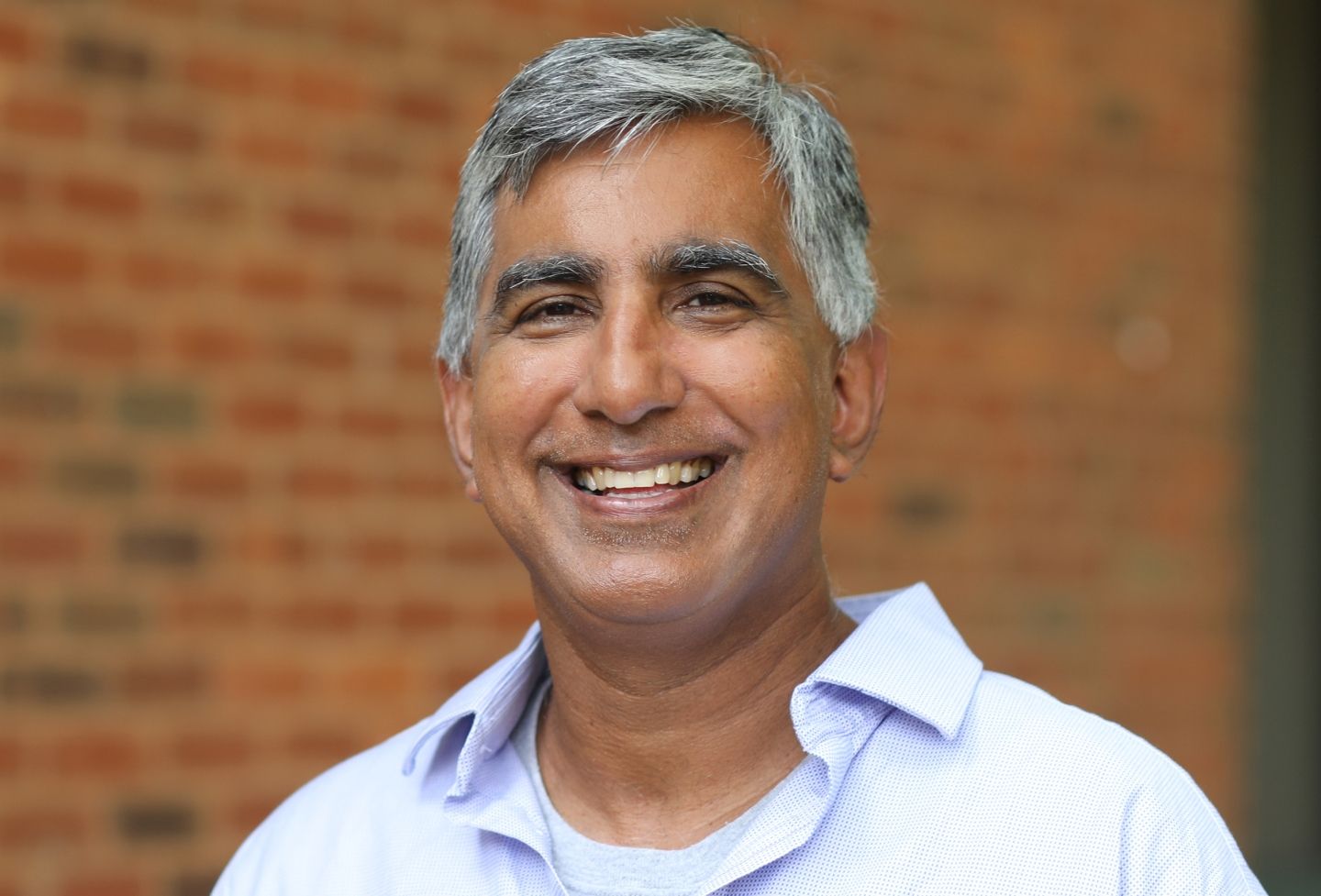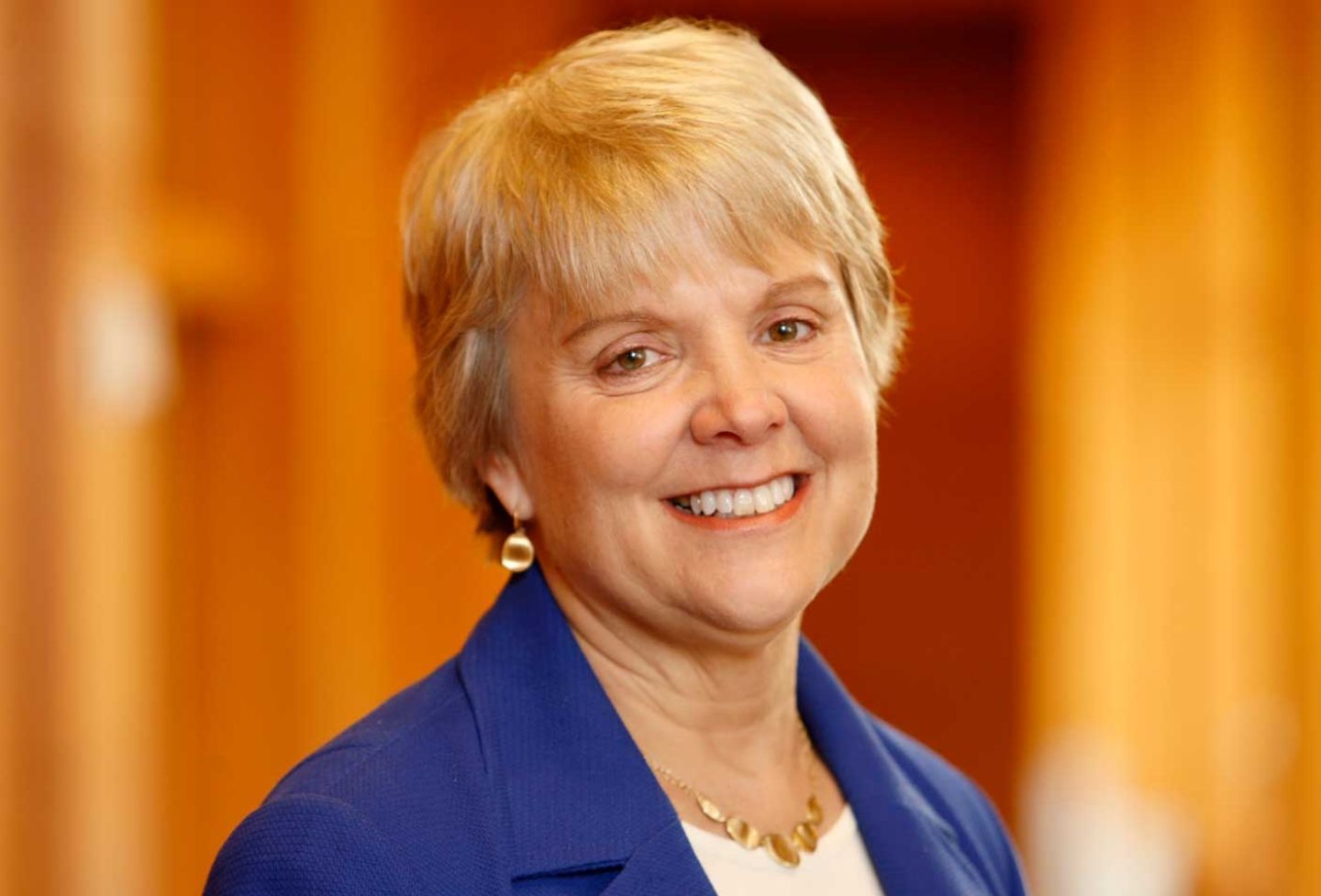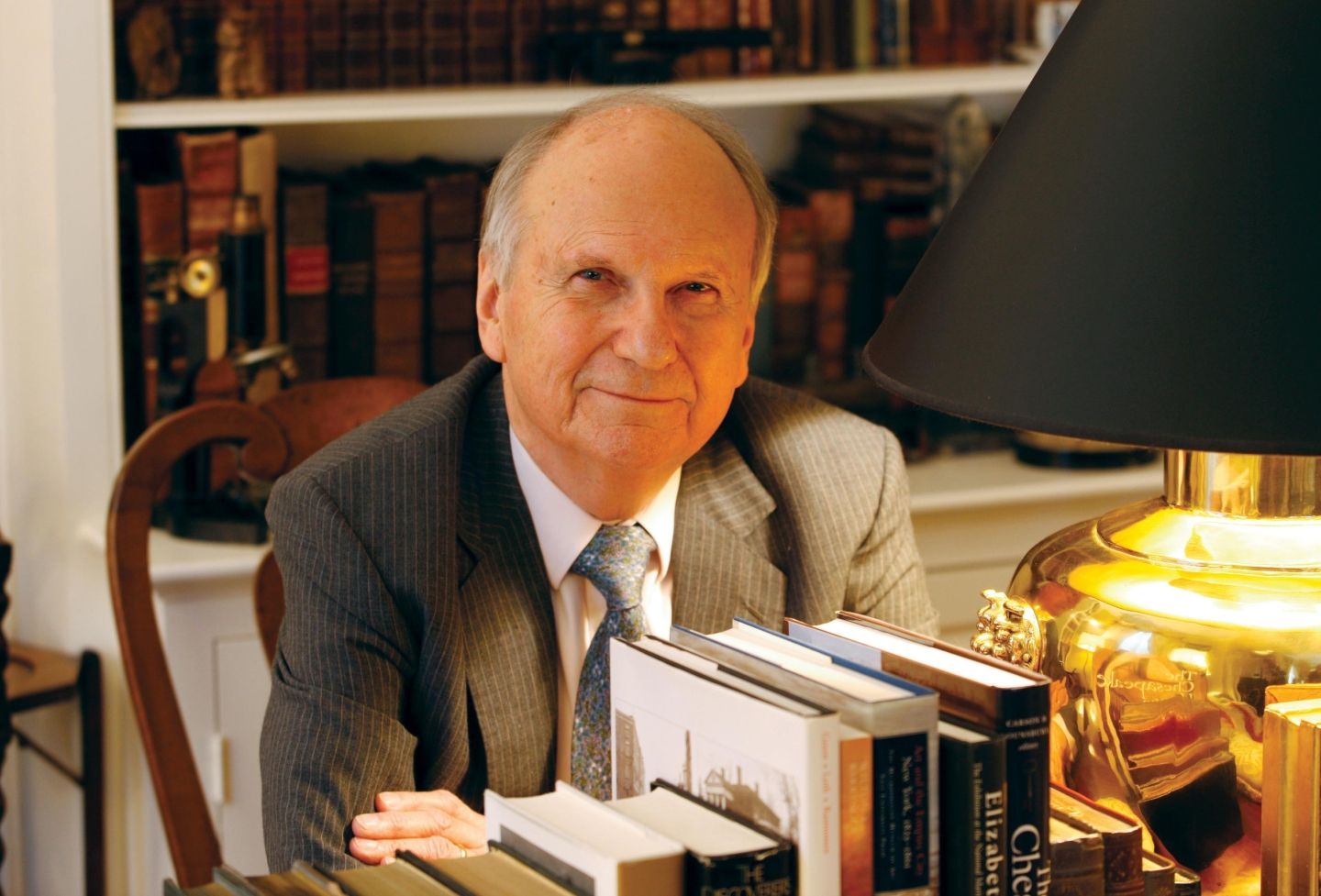A new book from Professors Kenneth S. Abraham and G. Edward White of the University of Virginia School of Law reveals how judges and social change played a central role in the evolution and expansion of tort law over the past 175 years.
“Tort Law and the Construction of Change: Studies in the Inevitability of History,” published by the University of Virginia Press this month, covers little-known turning points in the history of torts.
A tort — an act or omission leading to injury or harm that may be addressed in the civil court system — relies on common law legal precedents made by courts, rather than legislators. What plaintiffs could sue over — what was considered a “cause of action” in legal terms — has radically expanded over time as the body of common law grew. As late as the middle of the 19th century, there was limited liability for causing tangible physical harm and very little liability for causing intangible harm.
Abraham and White’s book takes a close look at exactly how judges weighed existing case law against social pressures that pointed to the need for change. What they found will educate readers, they said.
“Lay audiences in the U.S. sometimes understand judicial decisions as simply the outcomes of political agendas,” Abraham said. “And lawyers sometimes understand judicial decisions to be largely driven by legal rules and doctrines that are the products of technical legal forces. We are suggesting that neither of those views adequately captures what is going on when judges make decisions in torts cases.”
Two of the many turning points the book covers are the rise of liability for inflicting emotional distress and the invasion of privacy.
“Those new developments were actually radical breaks with the past, but the courts always contended that they were continuous with the fundamental principles underlying past precedents about other issues,” White said.
By the turn of the 20th century, courts had sometimes awarded damages for intentional infliction of emotional distress, though as a side effect of liability for other wrongs, such as assault and battery. Courts were cautious about recognizing a freestanding cause of action for emotional distress, fearing a potential avalanche of litigation.
Several developments helped shift attitudes. During that period, the emerging fields of psychiatry and psychology, and more attention on mental health generally, made Americans more willing to recognize emotional harm. At the same time, real-world events caused a rise in related cases. Women were traveling alone on railroads more often, in an era when they often were wearing long skirts and managing children.
“The result was to expose women passengers to a series of vulnerabilities: harassment by other passengers, the risk of falling while trying to board or exit trains, and the risk of injuring themselves while trying to manage young children,” the pair write.
Privacy also came to be of increasing concern, the professors explain, partly because of heightened legal sensitivity toward protecting individuals not only from physical harm but also from intangible loss, and partly because of the increasing significance of mass media.
Two important causes of action then emerged. One was for intrusion on someone’s solitude by eavesdropping or spying.
“The development of this tort, which presages contemporary concerns about personal and sexual privacy, reflected the changes in 20th-century cultural preoccupations,” Abraham said.
A second cause of action was for public disclosure of private facts. This tort redresses harm caused when someone — often a newspaper, radio or TV defendant — divulges true, but private, often intimate facts about an individual. It presaged modern liability for revenge porn, among other things. In each instance, the courts recognized these new bases for imposing liability even while attempting to “cloak” their justifications in principles they could find in existing precedents.
“The book is about the recurring trade-off in judicial decisions in tort cases — a trade-off we suspect goes on in other common law fields as well,” Abraham said. “[The trade-off is] between fidelity to existing precedents and established doctrinal propositions, so as to promote certainly and predictability in legal decision-making, and the need to accommodate common law doctrines to changing social circumstances and evolving cultural attitudes.”
The professors argue those dimensions of common law decision-making reflect the “inevitability” of history.
“In one respect ‘history’ means the accumulation of doctrinal rules and frameworks governing current issues, but in another respect, ‘history’ means the constantly changing cultural settings in which common law cases are situated,” White said. “We are arguing that both of those dimensions of history are ‘inevitable’ given the need for doctrinal continuity in common law fields and the ubiquity of historical change.”
Abraham and White teamed up on the book after publishing a number of articles on tort law in scholarly journals.
“The articles have gotten a fair amount of attention from torts scholars, but we thought that a book might reach some additional audiences, and that we were at a point where we could advance a general way of understanding the historical development of American tort law,” White said.
White, a legal historian, has published 18 books, many of which have won honors and awards, including final listing for the Pulitzer Prize in history and the Silver Gavel Award from the American Bar Association. Among his books are three volumes on “Law in American History” and “Alger Hiss’s Looking-Glass Wars: The Covert Life of a Soviet Spy.”
Abraham is one of the nation’s leading scholars and teachers in the fields of torts and insurance law. He is the author of six books and over 80 law review articles, and has been a consulting counsel and an expert witness in a variety of major insurance coverage cases.
Both scholars are fellows of the American Academy of Arts and Sciences, and members of the American Law Institute, and both are David and Mary Harrison Distinguished Professors of Law at the Law School.
Founded in 1819, the University of Virginia School of Law is the second-oldest continuously operating law school in the nation. Consistently ranked among the top law schools, Virginia is a world-renowned training ground for distinguished lawyers and public servants, instilling in them a commitment to leadership, integrity and community service.


